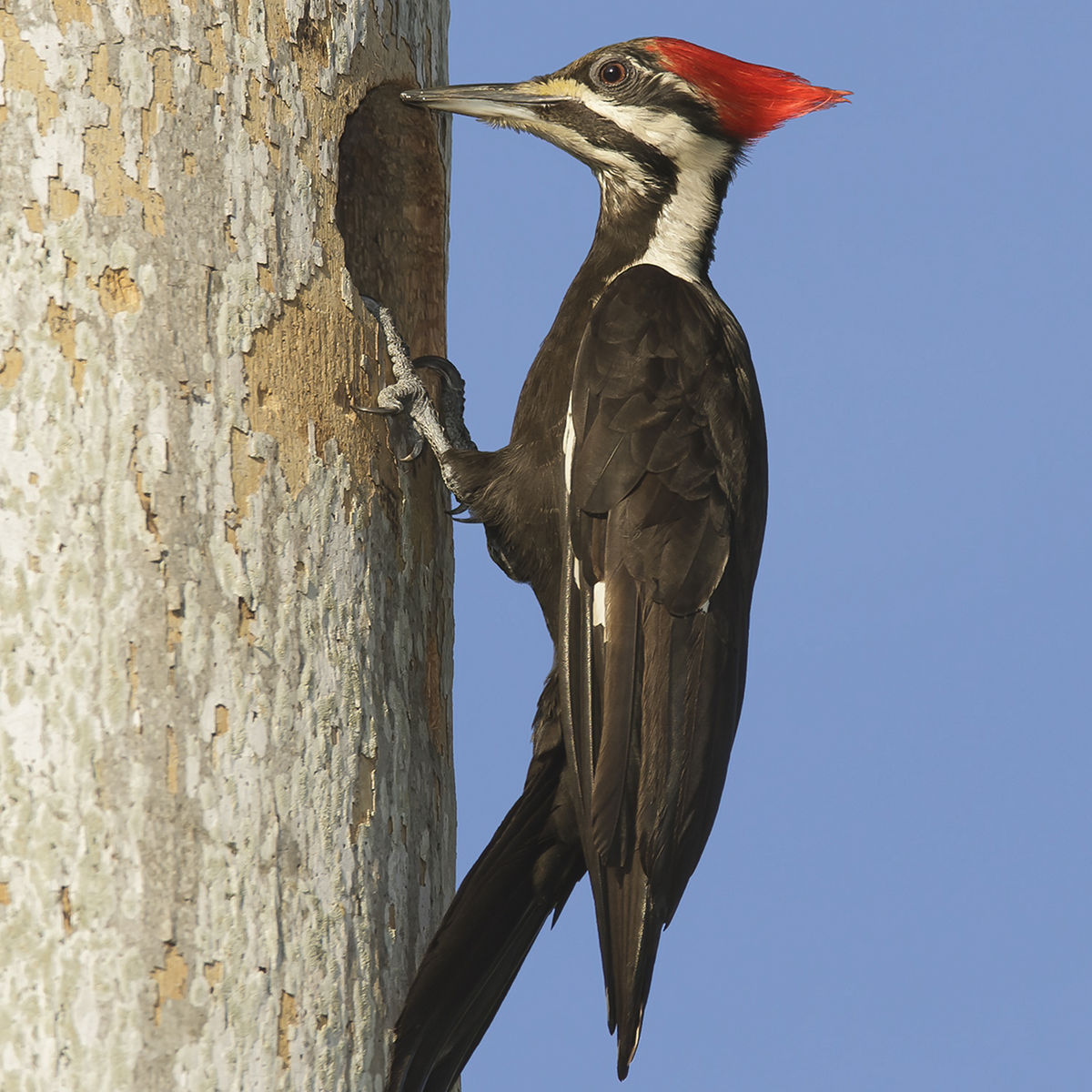Woodpeckers in Florida: Nature, Ecology, and Conservation
Woodpeckers in Florida: Nature, Ecology, and Conservation
Blog Article
Discover the Remarkable Globe of Woodpeckers: Everything You Need to Know
The globe of woodpeckers is a realm filled with distinct actions, elaborate adjustments, and a varied range of varieties. From their environments and distribution patterns to their feeding routines and specialized anatomical features, woodpeckers have long captivated the interest of ornithologists and nature fanatics alike. Understanding the complexities of these fascinating birds gives a glimpse into the complicated interaction between their biology and the environment. As we check out the world of woodpeckers better, we reveal a riches of information that loses light on their value in ecological communities and the difficulties they deal with in an ever-changing globe.
Woodpecker Habitats and Circulation
In North America, for example, woodpeckers can be detected in both coniferous and deciduous woodlands, utilizing their solid beaks to forage for pests and create nesting dental caries in trees. In Africa, specific woodpecker varieties have actually adjusted to arid atmospheres, such as the acacia woodlands, where they play a critical duty in regulating insect populaces.

Feeding Behaviors and Diet Regimen
Amongst the various elements of their behavior, woodpeckers show unique feeding practices and nutritional choices. These birds are mainly insectivores, with a diet plan that includes ants, beetles, caterpillars, and various other pests discovered in trees. Woodpeckers utilize their strong beaks to drill right into the bark of trees, penetrating for insects and larvae hidden underneath the surface area. In enhancement to bugs, woodpeckers additionally eat nuts, seeds, fruits, and sap. Some varieties have actually specialized tongues with barbed ideas that aid them remove pests from holes in timber.
Woodpeckers are understood for their drumming behavior, which offers not only to interact with other woodpeckers however also to situate food. The quick drumming sound is developed by the bird pecking on powerful surface areas like dead trees or steel poles. This actions can bring in bugs hidden in the wood, permitting the woodpecker to spot their visibility and feed upon them.
Special Adaptations for Tree Climbing
In their adept quest of bugs hidden within tree bark, woodpeckers have advanced exceptional anatomical functions that equip them with distinct adjustments for efficient tree climbing. Woodpeckers have solid neck muscular tissues and an unique skull framework that soak up the influence of constant pecking, permitting them to climb up and down without creating injury to their minds. These adjustments showcase the click unbelievable evolutionary design that enables woodpeckers to browse trees with precision and performance.
Diverse Woodpecker Variety Worldwide
With over 200 various varieties spread throughout various habitats worldwide, the family members of Picidae includes an exceptional diversity of woodpeckers. These birds can be found in forests, timberlands, savannas, and even city locations, showcasing their versatility to different atmospheres. From the iconic Northern Flicker in The United States And Canada to the vibrant and elusive Crimson-backed Flameback in Asia, each woodpecker types displays special qualities in terms of plumage, habits, and habitat preference.
Woodpeckers differ significantly in size, with the petite Downy Woodpecker measuring around 6-7 inches in length, while the powerful Lineated Woodpecker can reach up to 17 inches - Woodpeckers in Florida. Their beaks likewise are available in different sizes and shapes, reflecting their feeding habits. Some types focus website here on extracting insects from tree bark, like the Acorn Woodpecker, while others, such as the Black-cheeked Woodpecker, prey on fruits and seeds

Preservation Efforts and Obstacles
Preservation efforts for woodpecker populaces are vital in mitigating the effect of environment loss and other dangers encountering these diverse avian types. Woodpeckers encounter various challenges to their survival, primarily because of logging, urbanization, environment modification, and invasive species. To deal with these problems, conservation initiatives concentrate on shielding and bring back woodpecker habitats, carrying out lasting forestry techniques, and elevating awareness regarding the relevance of these birds in ecological communities.
One considerable difficulty in woodpecker preservation is the fragmentation of their environments, bring about separated populations that are a lot more susceptible to extinction - Woodpeckers in Florida. Conservationists work to create wildlife hallways and shielded locations that connect check these fragmented environments, allowing woodpeckers to move in between different locations for feeding, reproducing, and shelter

Final Thought
In verdict, woodpeckers are remarkable birds with special adjustments for tree climbing and feeding actions. Further study and conservation actions are needed to guarantee the survival of woodpeckers in the wild.
Report this page